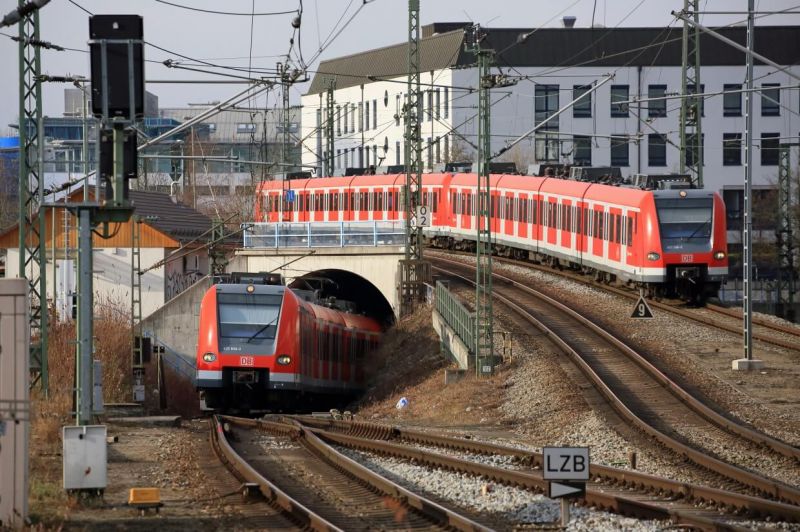Protection against vibration
Vibration and its source
Perceptible vibration can sometimes be felt in the vicinity of railway lines. Moving trains produce physical oscillations which manifest as vibration. Vibration is transmitted either as structure-borne noise through the ground or as airborne noise. Various measures can be used to reduce vibration caused by moving trains.
Direct impacts on or damage to the structure of buildings – e.g. cracks in masonry or plaster – are not a concern for structure-borne sound waves generated by rail traffic, even in buildings located very close to a railway line. Nevertheless, railway engineers try to minimise vibration as much as possible.
Root cause of vibration
When trains run along the tracks, they produce physical vibration. This is transmitted either as structure-borne noise through the ground or as airborne noise. Structure-borne noise, which declines with increasing distance from the source, spreads through the ground in waves and can be transmitted into buildings via their foundations.
Structure-borne sound waves may cause a building to vibrate, producing resonance in the walls and ceilings. People can feel this vibration in the surfaces they touch. Audible sound waves generated by ceiling and wall vibration are known as secondary airborne noise.
Vibration limits
Vibration is among the types of pollution – also known as imissions – explicitly mentioned in the Federal Pollution Control Act (Bundesimmissionsschutzgesetz, "BImSchG"). However, neither the BImSchG nor its supplementary directives contain binding limits or a procedure for predicting and assessing immissions caused by vibration and secondary airborne noise along railway lines.
Technical guidelines (e.g. DIN standards or guidelines issued by the Association of German Engineers (VDI)) and general legal precedent are therefore used when planning construction projects. These allow immissions generated by existing infrastructure to be accounted for when calculating new immissions levels.
Protective measures against vibration
The generation and propagation of structure-borne noise caused by railway operations can be reduced using the following solutions:
Ballast mats
Ballast mats are elastic mats laid beneath the ballast in track beds. They can noticeably reduce vibration, especially on solid rock. Gabions (wire baskets filled with stones) are installed along the sides of the ballast bed.
Mass-spring system
A mass-spring system is a special track structure which reduces the transmission of vibration from trains. These systems tend to be used for rail tunnels in built-up areas. Dampening elements such as coil springs or components made from synthetic materials are inserted between the heavy track superstructure (either slab track or ballasted track in a concrete trough) and the tunnel structure. This decouples the superstructure from the ground, preventing vibration from being transmitted between them.


